By definition, “Neo-Vintage” translates to “New-Vintage,” which is a bit of an oxymoron in itself. Still, Neo-Vintage watches are typically defined by a specific set of characteristics that make them more of a transitional reference that falls in between what can be described as an actual vintage watch and what one would be considered a “modern watch.” To add a bit more of a black and white element of clarity here, vintage watches can typically be defined as watches that are older than 20 years of age, and modern watches can be described as those that fall within the first decade of their production. In actuality, this is a very general set of guidelines when looking at watches holistically, and it’s not that simple and clear.
To better define what a “Neo-Vintage” watch is, it would be to actually discuss the watches that are more transitional in nature that truly define the term “Neo-Vintage.” Meaning that for a watch to actually be considered a “Neo-Vintage” example, the watch will typically have one foot on the true vintage side of the fence from a design and or complication perspective while at the same time incorporating modern watchmaking technology and or design. The exact definition of what “Neo-Vintage” are watches that transition from vintage references into modern contemporary watches. These watches preceded the more recent offerings yet follow the landmark references that have come to define the pillars of vintage watch collecting. To the untrained eye, such watches are near identical to those that came before them, but upon closer inspection, they tell a tale of the never-ending quest for perfection. Through continual research and development, watchmakers developed new ways to improve the longevity and reliability of already capable watches, though instead of implementing such changes in a radical, redesigned form, their integration was exceedingly subtle.

If we dissect some of the critical characteristics of what the vintage watch collector and aficionado community has defined as elements within the “Neo-Vintage” watch range, we will actually see some standard features and patterns in which we will discuss in this next segment. These common characteristics are consistent and constant with all transitional models regardless of the brand or execution of the timepiece. From chronographs, dress watch, to divers. Omega, Patek, or Rolex all went through transitional periods and roughly within the same periods of time.
Period Of Time For Transitional Watch References
Most commonly, “Neo-Vintage” watches and, more specifically, the associated transitional watch references fall into a pretty specific period of time in which they were produced. Interestingly most watches and the associated swiss manufacturers went through a bit of a technical revolution, meaning that new and improved materials, complications, and overall functional design were being implemented into the existing lines of timepieces to be offered within these examples which starts in the late 1970s, into 1980s and ends in the late 1990s into the 2000s. This period of time varies a bit, depending on the specific manufacturer.
Luminous Materials
Most, if not all, “Neo-Vintage” watches will possess tritium luminous material. Tritium (/ˈtrɪtiəm/ or /ˈtrɪʃiəm/) or hydrogen-3 (symbol T or 3H) is a rare and radioactive isotope of hydrogen that was used by almost all watch manufacturers starting in the early part of the 1960s as the luminous material that was applied to the dial and within the hands of a watch as most watchmakers moved away from radium. Tritium is the most widely used luminous material ever used on watches. At the very end of the 1990s into the 2000s, most watchmakers moved away from tritium. They started using a luminous material called Super-LumiNova, which is still being used today by all watch manufacturers. This technology offers up to ten times higher brightness than previously used Tritium luminous material and also has a much longer shelf life. In simplistic terms, tritium has roughly a 15-20 year half-life meaning that most of the tritium that was used on watches starting into the 1960s into the late 1990s will no longer glow in the dark.
But… (There is always a but right!) Tritium unlike Super-LumiNova as the ability to take on a beautiful patina over time that makes tritium based watches highly coveted and desirable among the watch collecting community. Super-LumiNova, unlike tritium, will remain stark white and never take on a patina unless a pigment or a dye is used, which in some cases can be seen on. “heritage” or “reissue watches.
Technical Advancements
Another key and defining characteristic of “Neo-Vintage” is technical advancements to the movement and or physical materials used within the watch. Meaning that we start to see the incorporation of things like sapphire crystals, higher grades, and purity of case metals used, bracelet updates and upgrades, and of course advancements to movements such as the quick set date and hacking features not offered in what is to be defined as a true vintage watch.
Visual Design Features
This is where things get exciting and fun. In many watches that can be definitively described as a “Neo-Vintage” example, we see the carryover of vintage aesthetics and also the introduction of what can be defined as a more contemporary or modern visual characteristic. In some of the earliest traditional watches, we will see things like the carryover of a matte dial with tritium applied to the dial. At the same time, the reference will incorporate more modern technical advancements like a sapphire crystal or a quick set or hacking movement features. Such is the case of the Rolex Submariner ref. 16800, which was first introduced with matte tritium finished dial that was later replaced with the more modern yet still “Neo-Vintage” glossy dial with a tritium filled white gold plot surrounds and hands.
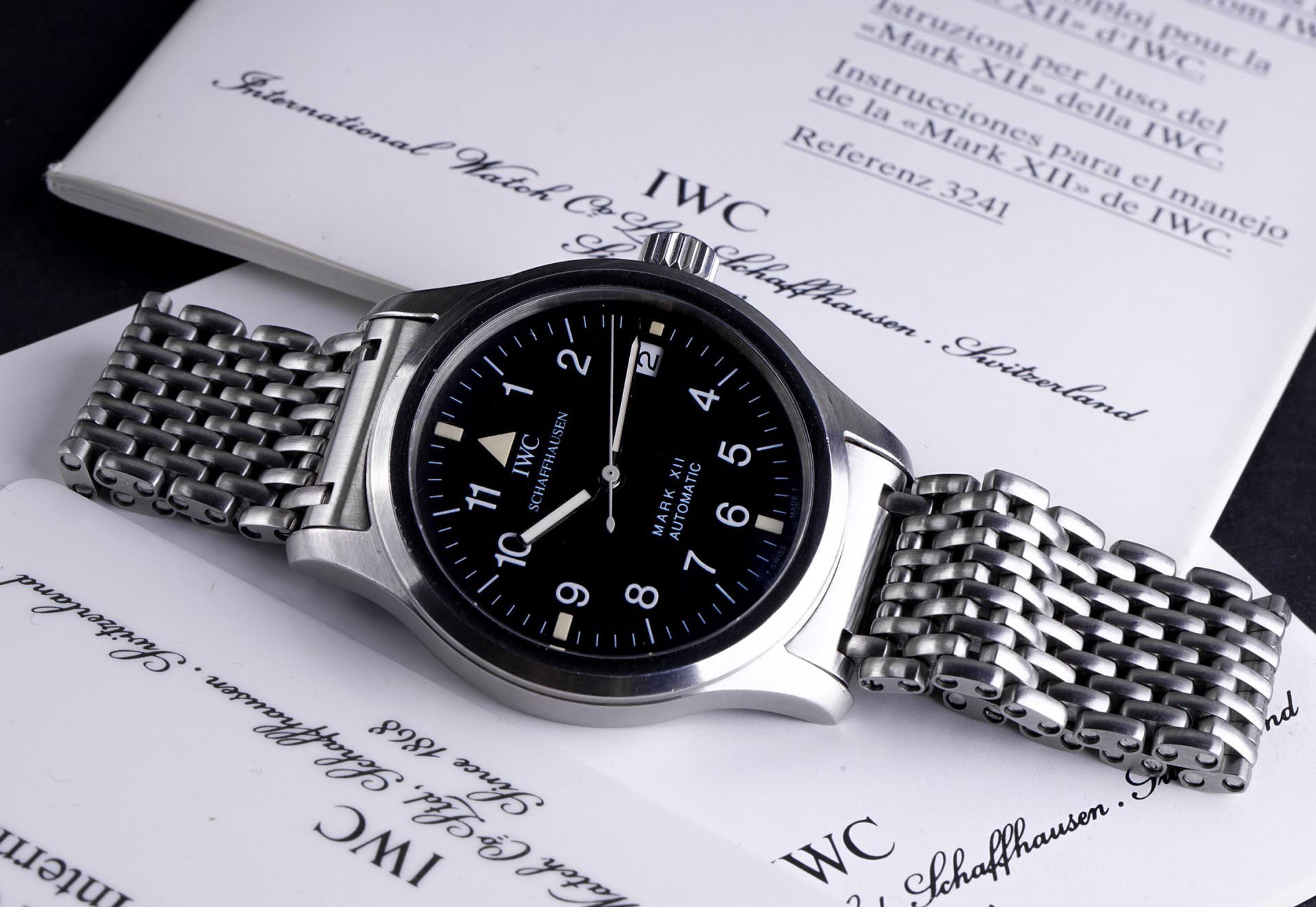
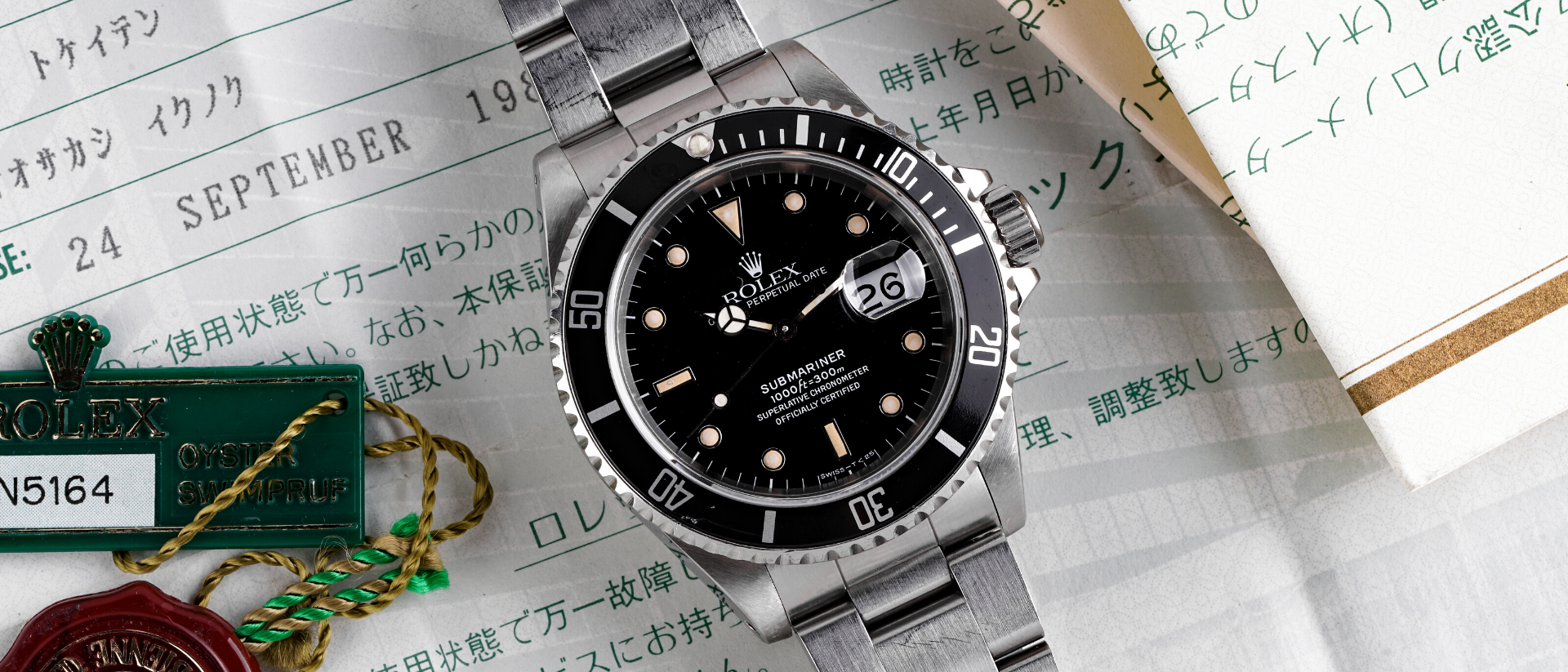
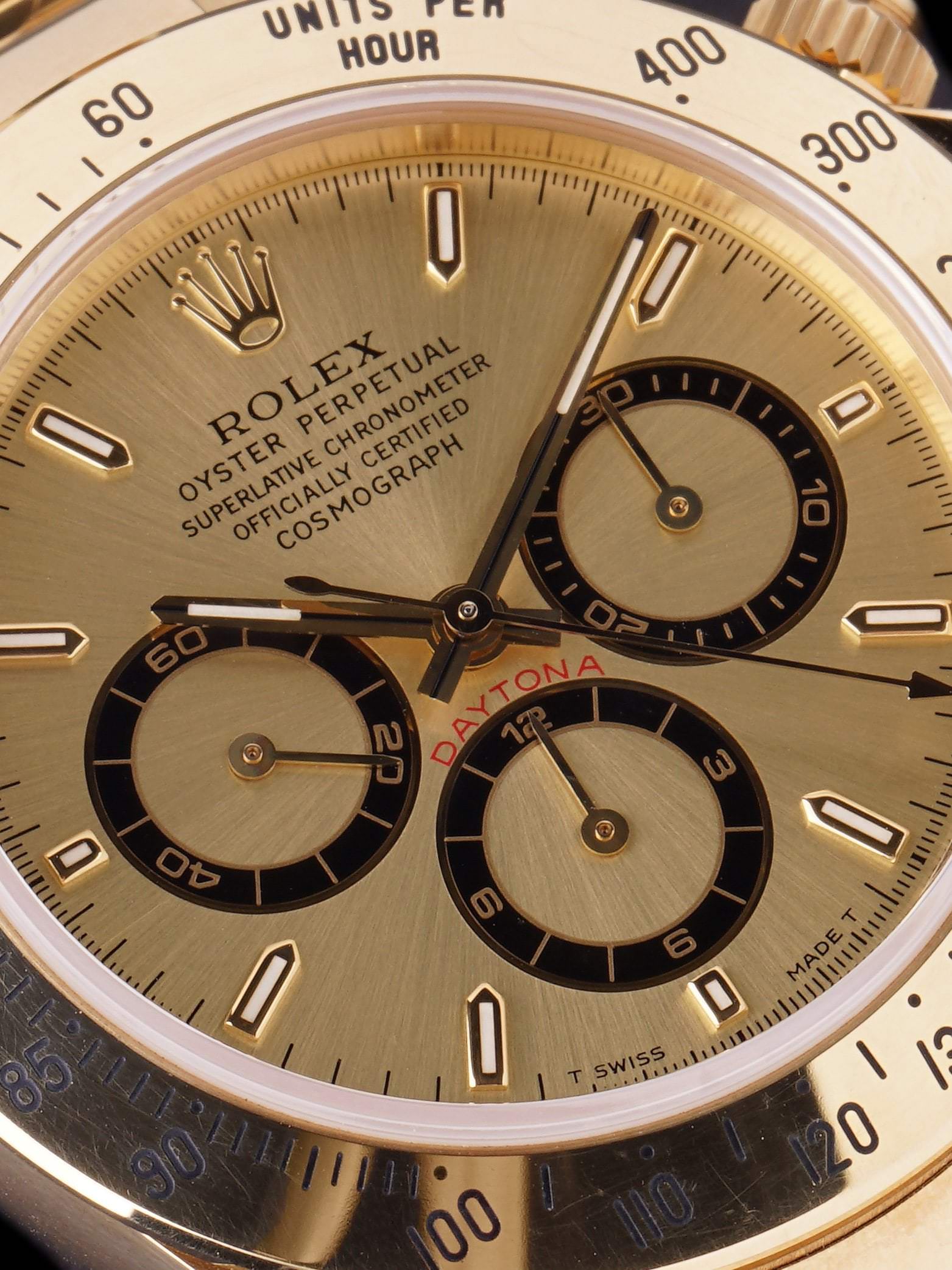




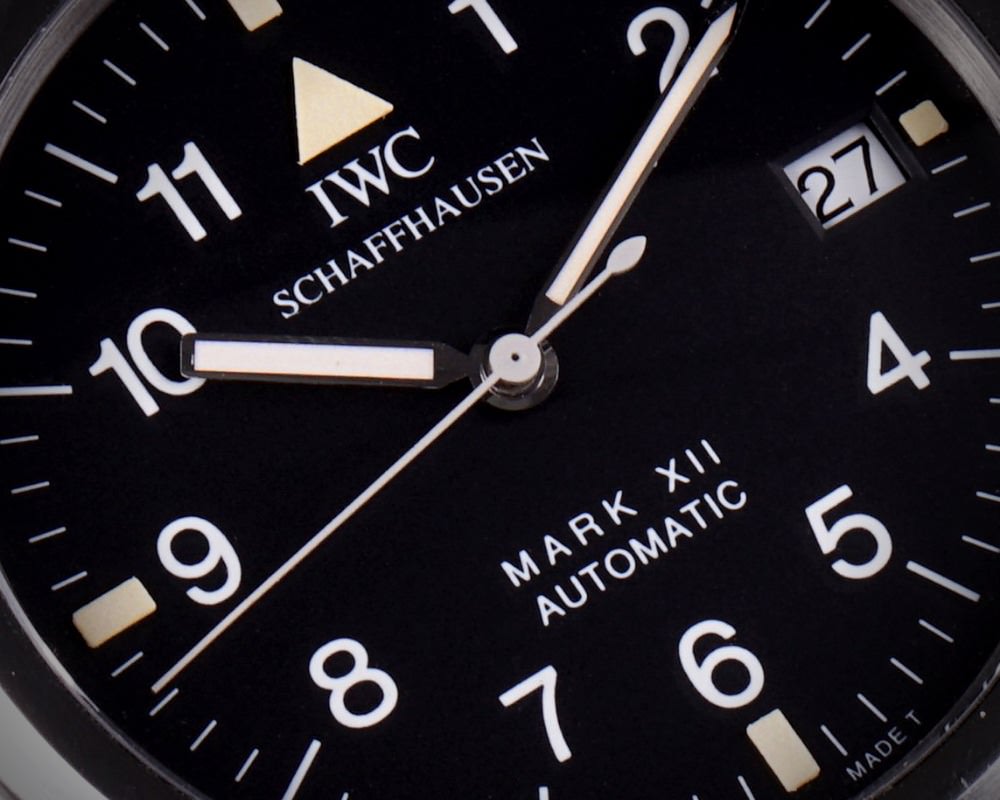









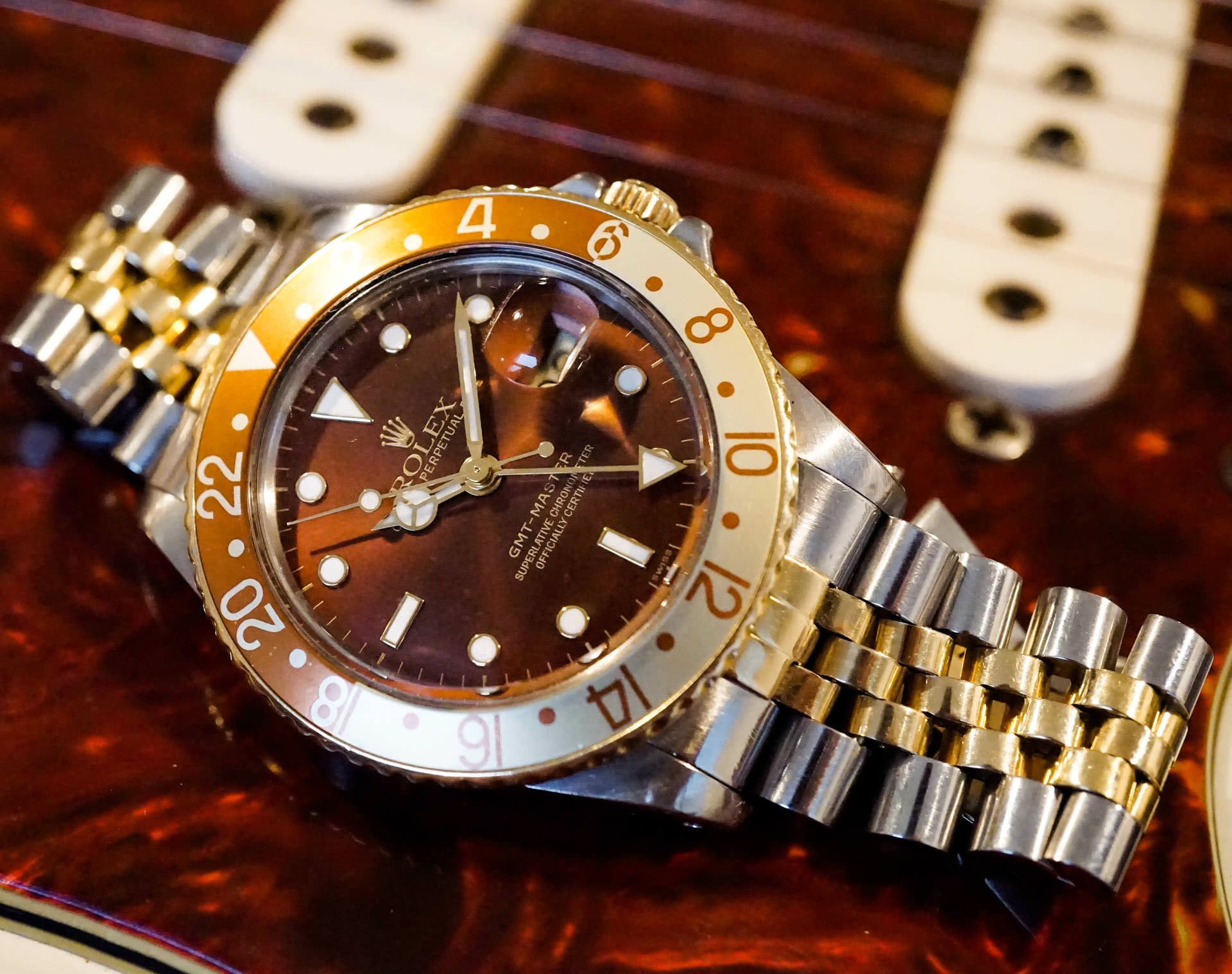
Why are “Neo-Vintage” watches in specific collectible and desirable? Will “Neo-Vintage” watches remain desirable and collectible in the future? What about modern watches that are currently in production? Will modern watches become “Neo-Vintage” watches, and will “Neo-Vintage” watches become vintage watches, and furthermore, will vintage watches become ultimately antique watches??
We are in a specific time and place where the access to information that allows us as collectors or watch enthusiasts develop a particular preference towards something. This falls way outside of just watches, of course, and transcends into other collectibles such as vintage cars, art, and architecture. Of course, that list goes on and on…
I think this is ultimately what is generating interest in these specific and more transitional references as a whole, it is access to this information via social media and generalized access of collected data that allows us to dive into and ultimately celebrate the minor details and minutia that makes vintage and or “Neo-Vintage” watches so exciting the first place.
Simply put it is a lot easier today to understand these things and educate oneself on these specifics than it was even just a few years ago (take this blog for example) this isn’t something that is going to change anytime soon. The access and abundance of available information on any given subject will, of course, become more accessible and more abundant over time. This is what I think is ultimately driving interest in vintage watches and, more specifically, a particular segment of attention towards what we can define as “Neo-Vintage” watches.
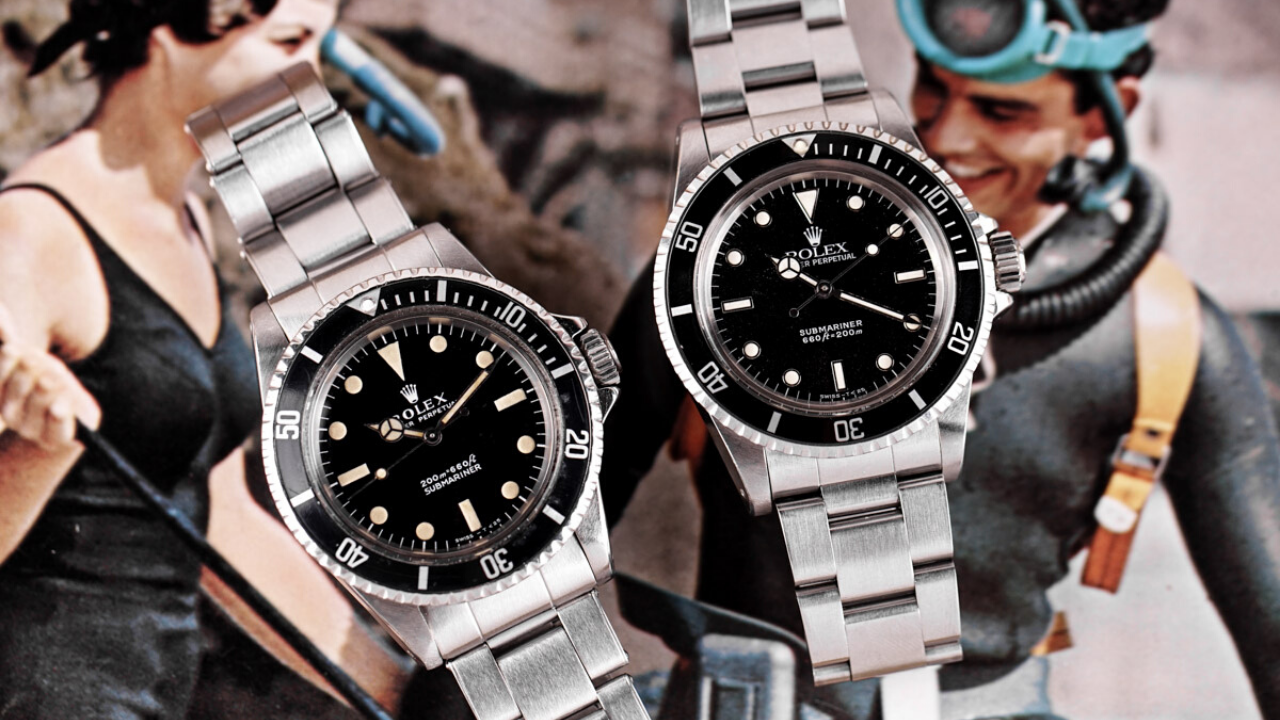
Accessibility and value is something I think is strongly associated with “Neo-Vintage” specific watches, generally speaking, you can find a transitional watch in good condition for a reasonable price. In contrast, true vintage watches have a much higher cost of entry, and the details that differentiate the average vintage timepiece between one of rarity or high quality can swing wildly.
What drives collectability and, ultimately, long term desirability? The transitional reference ranges are just that “Transitional,” making the transitional references desirable due to a lower total number of examples produced and specific and limited characteristics or variants that can be found within the transitional range of watches. Of course, not all “transitional” and or “Neo-Vintage” examples ultimately rare. As a matter of fact, most “Neo-Vintage” watches are actually not all that rare. There are, of course, some references that are rarer than others, but even though “Neo-Vintage” watches aren’t generally “rare,” it doesn’t mean that they aren’t any less desirable. (I am using the term “rare” lightly here because a rare watch can be a high production number watch that has a crucial characteristic or subset of features that would make it rare as an individual example such as an intense patina to the lume on the dial, a specific dial variant, or a particular provenance, etc.)

What makes the “Neo-Vintage” reference desirable is that they are generally accessible and possess features that are functional while still being unique and individual like their vintage predecessors. This is very much unlike the more stark and cookie-cutter feel and form factor that generally comes with modern watches that, of course, leverage advanced materials and a more streamlined and mechanized manufacturing process for their production.
The big high-end swiss watch brands today are about pushing the design and durability envelope as it relates to the manufacturing process and the materials used when producing watches. These companies are about leveraging this technology and want to use modern and, in some cases, space-grade materials to create watches. So to answer the question, will “Neo-Vintage” watches remain relevant and desirable?? If we can draw an automotive comparison, do you think a vintage Porsche 911 from the 1980s will stay desirable and relevant 20 years from now? The answer to that is, of course, yes, but why. Even though the most current production, Porsche 911, is a work of art and is a fantastic piece of machinery, it is built around a technology platform that is much different than that of its predecessors. Is the modern 911 better than that of the vintage variety? Some may argue yes, some may say no… The real truth is that they are different. And with this difference also comes a different experience when driving the. Both the modern and the vintage Porsche 911 come from the same iconic DNA, and although they are the same, they are ultimately different. The same comparison can be made when drawing the parallel to the “Neo-Vintage” references. They will remain desirable as they are currently accessible, interesting, and also functional, which makes them a great watch to get into if you are starting a collection. It also makes them desirable to the seasoned vintage collector who may not want to take his Paul Newman Daytona with him to the beach. Regardless if you have 10 watches in your collection or are looking for a suitable daily driver with one watch in mind, the “Neo-Vintage” category of watches is something most certainly worthy of taking a closer look at!

Check out 'Reference Tracks' our Spotify playlist. We’ll take you through what’s been spinning on the black circle at the C + T offices.

Never miss a watch. Get push notifications for new items and content as well as exclusive access to app only product launches.
Sign up for our newsletter to receive updates and exclusive offers